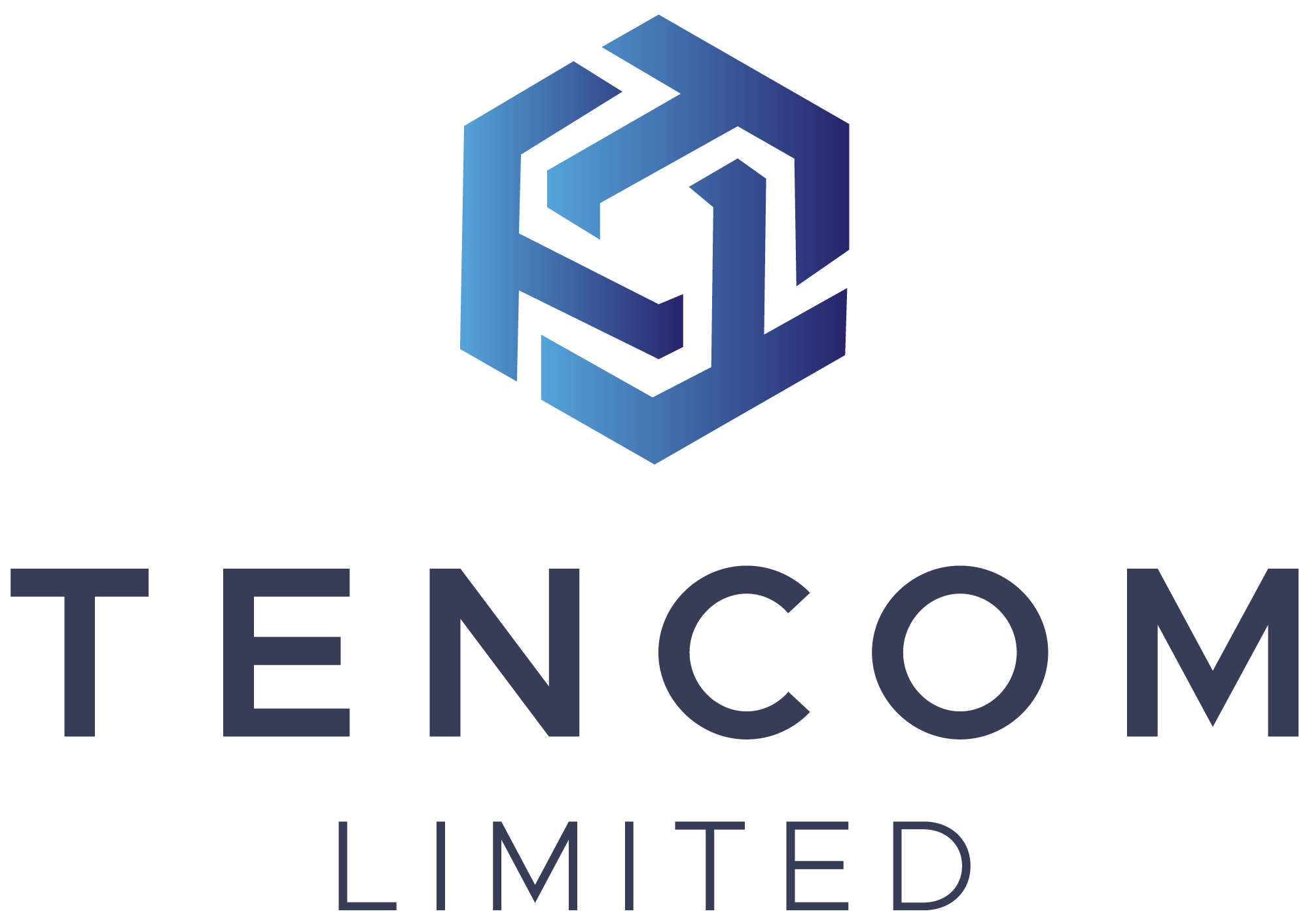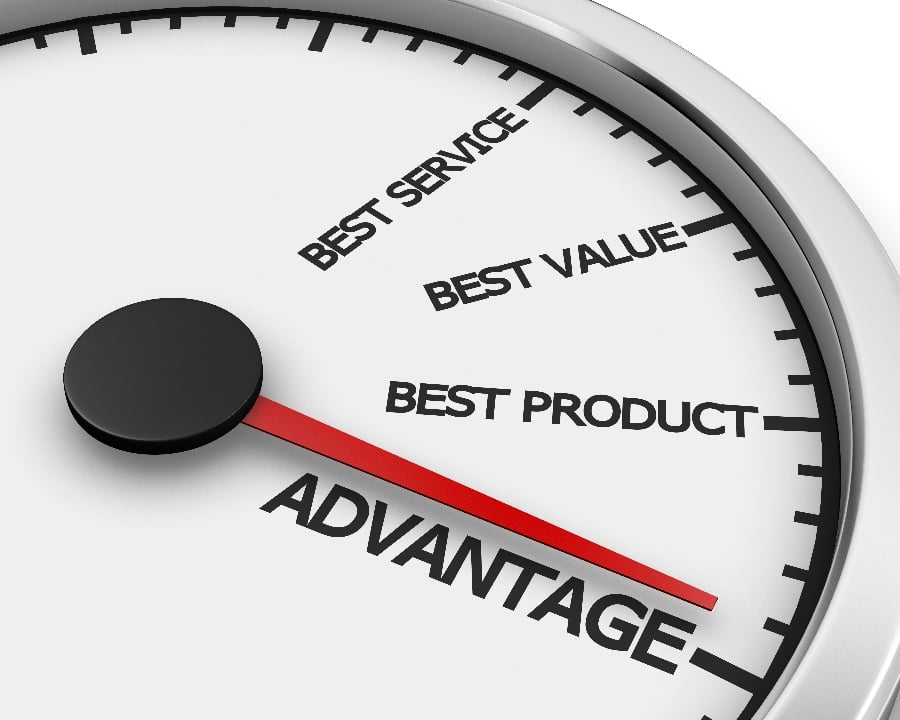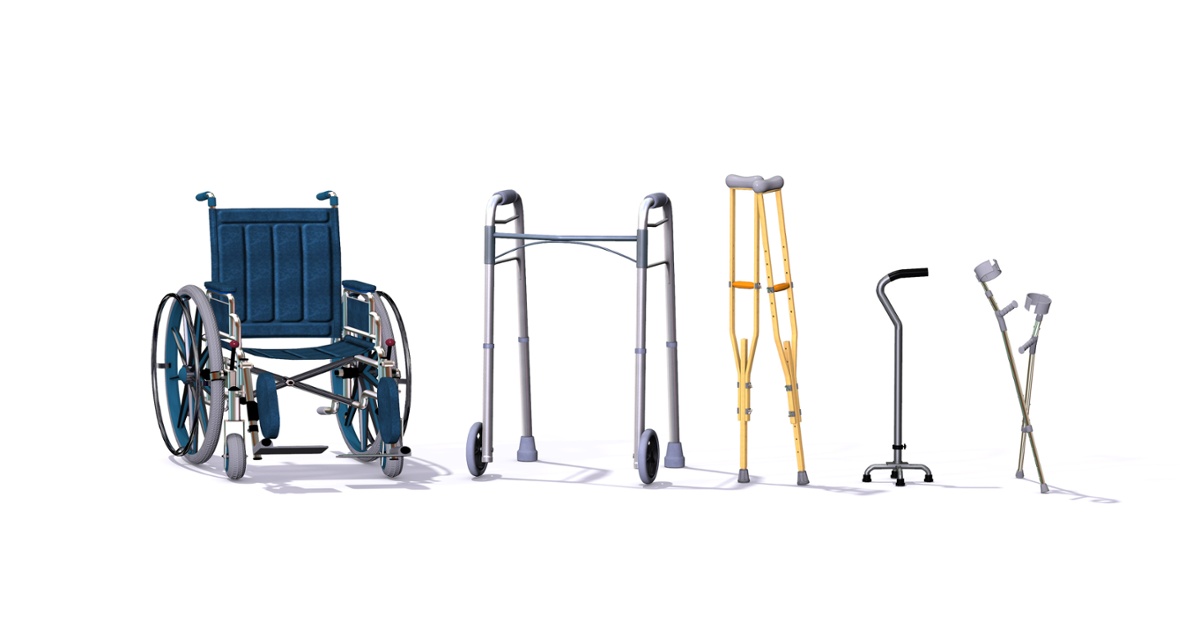
Aerospace engineering demands a delicate balance of performance, safety, and cost. With projects often running into millions or billions of dollars, optimizing designs to reduce expenses without compromising quality is critical.
Below, we explore practical strategies to achieve cost savings in aerospace engineering, focusing on material selection, design efficiency, and manufacturing innovations.
1. Leverage Advanced Composite Materials Strategically
High-performance materials like carbon fiber composites and titanium alloys offer excellent strength-to-weight ratios, but their costs can escalate quickly. To save money:
-
Hybrid Material Designs: Combine expensive composites with cost-effective materials like aluminum or glass-reinforced composites in non-critical areas. For instance, use carbon fiber for high-stress components like wing spars, but opt for aluminum in less demanding sections.
-
Material Standardization: Select standardized composite formats to reduce procurement costs and simplify supply chains. Custom formulations, while tempting, often drive up expenses due to low-volume production.
-
Lifecycle Cost Analysis: Evaluate materials based on their full lifecycle, including maintenance and fuel savings from lighter weight. A slightly pricier material upfront may reduce operational costs over a 20-year service life.
2. Optimize Designs for Manufacturability
Complex designs increase production time and costs. Streamlining designs can lead to significant savings:
-
Simplify Geometries: Reduce intricate shapes that require custom tooling or extended machining. For example, design parts with uniform cross-sections to minimize labor-intensive assembly.
-
Modular Components: Create interchangeable, modular parts that can be used across multiple aircraft models. This approach lowers design and inventory costs while simplifying repairs.
-
Digital Twin Simulations: Use digital twins—virtual models of components—to test designs before physical prototyping. This reduces costly iterations by identifying flaws early.
3. Embrace Automation and Advanced Manufacturing
Manufacturing processes heavily influence costs. Incorporating modern techniques can trim expenses:
-
Automated Layup Systems: Automated fiber placement (AFP) and tape-laying machines reduce labor costs for composite parts by ensuring precision and minimizing waste.
-
Additive Manufacturing: Use 3D printing for non-structural components like brackets or ducting. This cuts material waste and allows rapid prototyping, saving time and money.
-
Lean Manufacturing Principles: Adopt lean practices, such as just-in-time inventory and waste reduction, to streamline production and reduce overhead.
4. Integrate Multi-Functional Structures
Designing components that serve multiple purposes can cut costs by reducing part counts:
-
Structural-Systems Integration: Combine structural and functional roles, such as embedding antennas or sensors into composite panels, eliminating the need for separate installations.
-
Weight Reduction Synergies: Focus on designs that reduce weight while maintaining strength, as lighter aircraft consume less fuel. For example, integrating stiffening ribs into a single composite panel can replace multiple metal parts.
-
Thermal and Acoustic Efficiency: Use materials that provide inherent thermal or acoustic insulation, reducing the need for additional coatings or layers.
Case Study: Boeing’s 787 Dreamliner
Boeing’s 787 Dreamliner exemplifies cost-saving design. By using composites for 50% of the airframe, Boeing reduced weight, leading to 20% better fuel efficiency than similar aircraft.
Modular designs and automated manufacturing further lowered production costs, while standardized components simplified maintenance. These strategies demonstrate how thoughtful design can yield long-term savings.
Final Thoughts
Cost-saving in aerospace engineering requires a holistic approach, blending smart material choices, streamlined designs, and modern manufacturing. By focusing on manufacturability, multi-functional structures, and lifecycle costs, engineers can deliver high-performance aircraft while keeping budgets in check. As the industry evolves, staying ahead of emerging technologies like additive manufacturing and digital twins will unlock even more opportunities for efficiency.
For aerospace companies looking to stay competitive, these strategies are not just cost-cutters—they’re pathways to innovation and market leadership.















